elvish | ||||||||||||||||||||||||||||||
INTROone of the many languages that live on whorl, elvish is spoken by the elfs of the elvish holy islands, with two main dialects, north and south, with south typically considered the more "pure" form of it. while elvish is spoken by the vast majority of elfs and is the liturgical language of various denominations of the vaalan (elvish: waóm) church, there are many descendents of the language spoken by the elvish diaspora at large, as well as a few dying or dead isolates once spoken by the elfs of the outlied islands. some elvish communities do not commonly speak a descendent of elvish at all, particularly those assimilated into local cultures during the exploratory period, though they may learn it in school or via temple attendance. additionally, elvish sign language is well-developed but used rarely outside of the holy islands. METAelvish has had many, many iterations that i've scrapped due to being dissatisfied with some part of it. either i didn't like how it looked, how it sounded, or how it worked; often i felt it was too basic, or too much like an already existing language, or like i was incapable of implementing my ideas productively. while others may find these concerns true with the version of elvish i present here, i, at least, am happy with it. this elvish has roots in concepts found in australian languages, with influence taken from the eskimo-aleut family in some ways. overall, though, i think it is fairly original, and consider the best inspiration for it to be my good friend eve, who is much more knowledgeable on real-world languages than i am, and introduces new ideas to me daily. for simplicity's sake, i will cover the southern "pure" dialect here. this article presumes a familiarity with many linguistic terms and the international phonetic alphabet. PHONOLOGYelvish has a small phoneme inventory consisting of 5 vowels and 12 consonants, displayed here with their romanizations; a look at elvish orthography can be found at the bottom of this page.
notes: ORTHOGRAPHY here is the full alphabet in one image, including the "umlaut", which marks long vowels.  elvish is written from top-to-bottom, left-to-right, as seen in the left example, and each word is meant to be written without picking the pen up. now, i'm an amateur at written elvish, so this doesn't look as good as it does in my head. i'm gonna need you to spruce it up with your imagination a little. when letters do not naturally fit together, it is acceptable to make them fit with a loop, as demonstrated with  and and  here. here.for those interested, "ewówa shiiwashó" means "elves sail." ELVISH DIRECTORY | ||||||||||||||||||||||||||||||